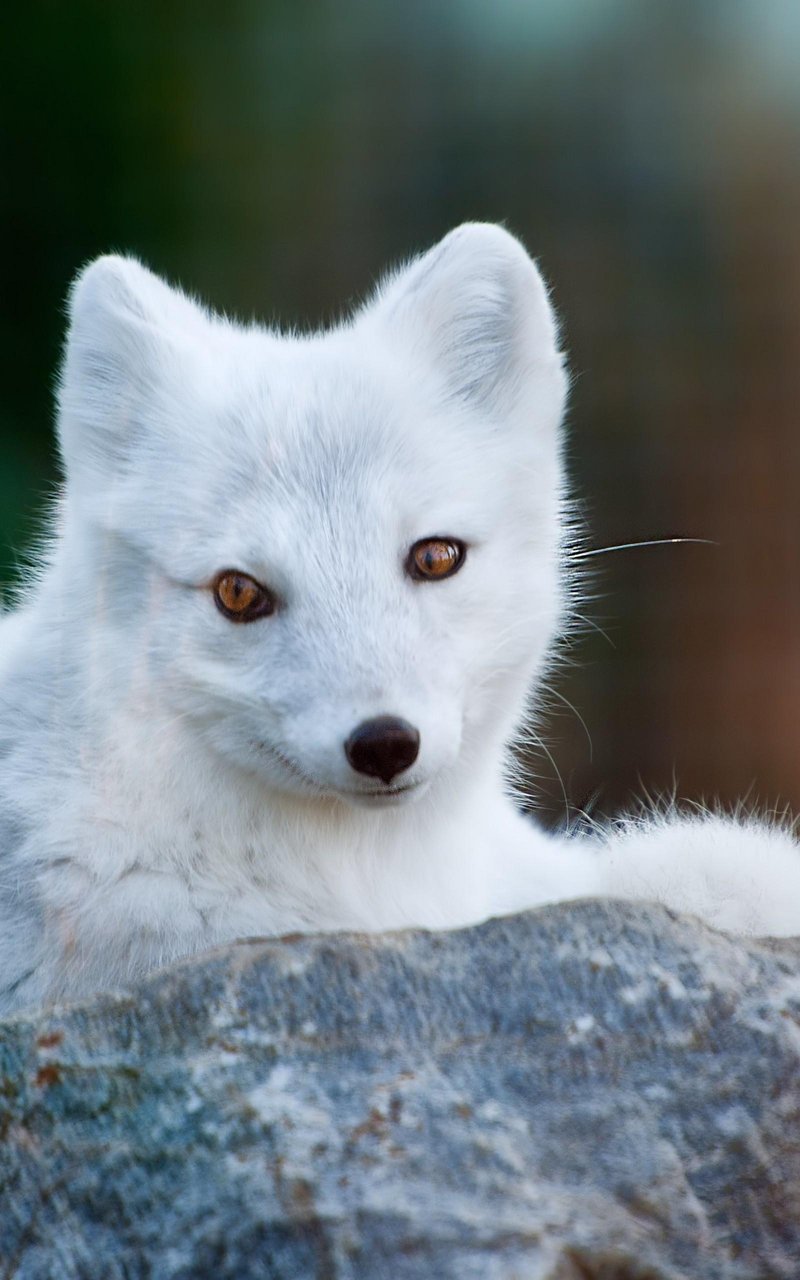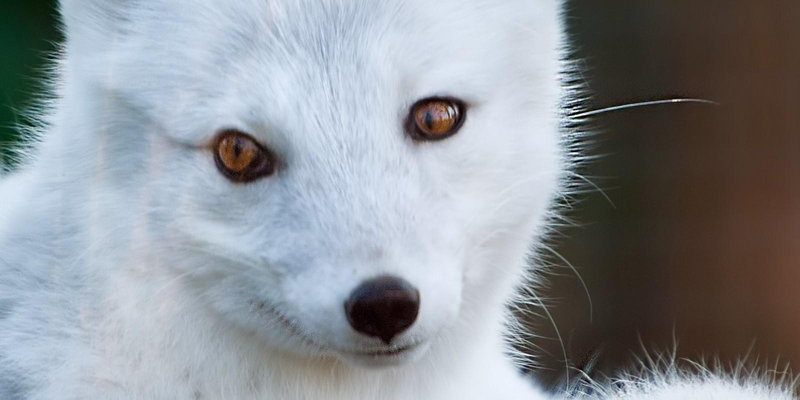
So, you might be wondering, how exactly do Arctic foxes display their intelligence? What do their behaviors tell us about their problem-solving skills and social interactions? To paint a clearer picture, let’s dive into their world and explore how these clever canines thrive in one of the planet’s most challenging environments.
Understanding the Arctic Fox’s Intelligence
While we often think of intelligence in terms of human-like reasoning, animal intelligence can be quite different. For Arctic foxes, intelligence is largely about survival. These animals have evolved a range of skills that help them navigate their icy landscapes. One key aspect of their intelligence is their ability to adapt to various situations.
For instance, when hunting for food, an Arctic fox will carefully listen for the sounds of lemmings or other small animals beneath the snow. It uses its acute hearing to pinpoint the location of its prey, then pounces with impressive accuracy. This ability to not just hear but also interpret sounds shows a level of cognitive function that is quite advanced.
Another example lies in their cleverness during winter. Arctic foxes are known to cache food, which means they bury surplus meals for later use. This behavior indicates foresight and planning, two traits linked to higher intelligence. They understand the importance of storing food when it’s abundant so they can thrive during leaner months.
Social Behavior and Communication
Arctic foxes usually live in small family groups, which helps them raise young successfully in the harsh Arctic environment. Their social behavior also reveals a lot about their intelligence. These foxes communicate through various vocalizations, as well as body language. You might hear a series of barks or howls, each serving a specific purpose.
For example, when a fox feels threatened, it might emit a sharp bark. This not only warns its fellow foxes but also serves as a deterrent to potential predators. Similarly, during mating season, these foxes engage in playful behaviors, like chasing each other, that strengthen their social bonds. This kind of interaction highlights their ability to connect with others, an essential factor in their survival.
The Importance of Play
Play isn’t just for fun; it’s a crucial part of an Arctic fox’s life. Young foxes spend a lot of time engaging in playful behaviors, which helps develop their hunting and social skills. Whether it’s mock-fighting or chasing each other around, these activities teach them how to interact with their environment and their peers.
Interestingly, play also stimulates their brains, enhancing their learning experiences and helping them grow into more adaptable adults. You might think of this as their version of school, where they learn vital life skills in a fun and engaging way.
Problem-Solving Skills
Arctic foxes showcase remarkable problem-solving abilities, especially when it comes to finding food. Their hunting techniques can vary based on the season and available prey. For example, during winter, they may rely heavily on their skills to dig through snow to locate hidden lemmings.
What’s fascinating is how they can adjust their methods depending on their surroundings. If one hunting strategy isn’t yielding results, they’ll quickly switch to another. This flexibility highlights not only their intelligence but also their ability to learn from experience. It’s like having a toolbox full of different strategies; they know which ones to use and when.
Tool Use and Innovation
Some studies suggest that Arctic foxes may exhibit a form of tool use, which is a hallmark of advanced intelligence. For instance, they can manipulate objects in their environment to access food. This kind of innovative behavior is rare in most animals and signals a higher level of cognitive processing.
When faced with obstacles, these clever foxes might stack small stones or use fallen branches to reach inaccessible areas. This ability to innovate shows how they can think critically and creatively to solve problems.
Adaptability to the Environment
Living in the Arctic means dealing with extreme conditions, and Arctic foxes have developed incredible adaptability. Their seasonal fur changes not only provide camouflage but help them regulate body temperature. This ability to adjust physically is a testament to their survival skills.
Moreover, these creatures are opportunistic feeders. This means they’ll eat whatever food source is available, whether it’s small mammals, birds, or even carrion. When food is scarce, they quickly adapt their diet and foraging techniques to optimize their chances of finding something to eat.
Learning from Experience
Like many intelligent animals, Arctic foxes have the ability to learn from both direct experiences and observations. For example, a young fox may watch its parent successfully hunt a lemming, absorbing valuable information on the best techniques. This process of social learning is crucial for their development and survival.
In addition, Arctic foxes can remember the locations of food caches over time. If they find a good spot to bury food, they’ll return to it when needed. This kind of memory is vital for survival in their harsh environment.
Comparison with Other Canine Species
When we think about the intelligence of Arctic foxes, it’s worth comparing them to other canines, like wolves or domesticated dogs. While wolves are known for their pack behavior and complex social structures, Arctic foxes demonstrate a different kind of intelligence that’s geared more toward individual survival.
Unlike wolves that hunt in packs, Arctic foxes often hunt alone, which requires a keen sense of independence and self-sufficiency. In contrast, domesticated dogs rely heavily on humans for food and shelter and often lack the same level of survival skills.
While both Arctic foxes and dogs exhibit intelligence, it’s expressed in unique ways tailored to their environments and lifestyles.
So, how smart is an Arctic fox? Honestly, these remarkable creatures display a rich tapestry of cognitive abilities and behaviors that highlight their intelligence. From their effective communication and social skills to impressive problem-solving and adaptability, Arctic foxes are truly fascinating animals.
They manage to thrive in one of the toughest habitats on Earth, all while showcasing a range of skills that demonstrate just how smart they really are. Next time you come across an Arctic fox or hear about them, you can appreciate the intelligence that lies behind their cute, furry facade. They truly are the snowy little geniuses of the Arctic!

